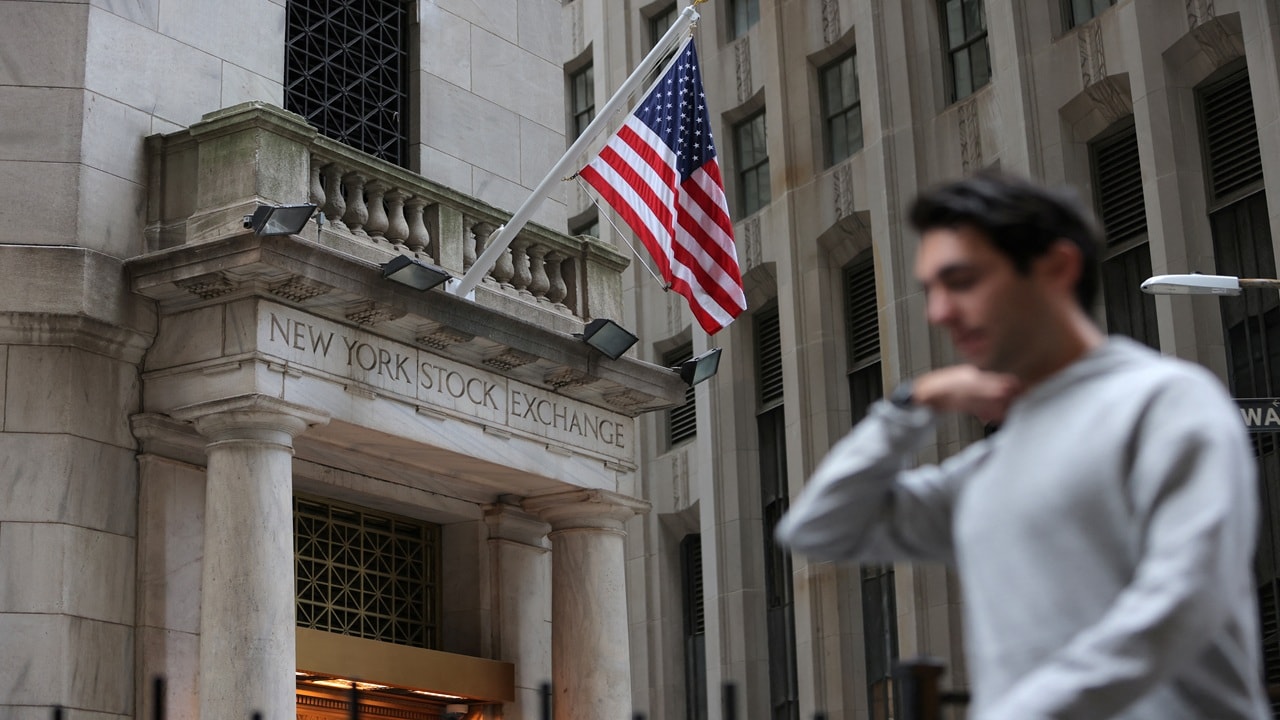The Bank Nifty has transformed from being a market underperformer in 2024 to a frontrunner in 2025.
While the Nifty Index gained 8.8% in 2024, the Bank Nifty lagged with a 5.5% increase. However, 2025 has seen a reversal, with the Nifty up just 2.7%, while the Bank Nifty has surged 8.6%.
Last year, the Indian banking sector faced multiple criticisms. The traditional banking model was said to be obsolete, with savers shifting away from fixed deposits to mutual funds. This raised concerns that banks, now reliant on short-term deposits, wouldn't be able to finance India’s capital expenditure. There were also fears about increased competition for deposits, potentially diminishing profitability. Moreover, challenges like tight liquidity and the rapid growth of unsecured loans hurt bank profits in 2024.
But has Indian banking turned the corner?
Fast forward to 2025, and the narrative has shifted. The RBI has slashed the CRR, and the new governor has overseen a surge in liquidity, easing the interbank market’s pressure. Additionally, regulatory changes, such as the reduction in risk weights for NBFC loans and cuts to the liquidity coverage ratio, have further boosted the sector, helping bank stocks make a strong recovery.
So, the burning question remains: Are Indian banks on the path to regaining their pre-2013 growth levels of 20% and 4% margins? Or is the current optimism simply a reprieve from last year’s strained conditions? In other words, are the glory days of Indian banking over, or is the recent rally a sign of a new prosperous chapter? To explore these questions, CNBC-TV18 spoke to Dinesh Khara, Former Chairman of State Bank of India; Suresh Ganapathy, MD and Head of Financial Services Research at Macquarie Capital; and Ashish Gupta, CIO at Axis AMC.
Below are the excerpts of the discussion.
Q: As the person who has been there and done that, what is the sense you are getting? Can these loads and loads of liquidity still solve the structural problem that banks are no longer going to get easy float?
Khara: I think when it comes to the RBI’s steps in providing liquidity, they are certainly going to help ensure that loan rates come down. Otherwise, the reduction in policy rates would not have been transmitted into lower loan rates. Typically speaking, over the last year, the banking system has faced a huge challenge in terms of liquidity. I think, as far as the structural readjustment is concerned, that has already happened. Going forward, the pace at which banks can grow is, in my view, a function of real economic growth.
We have seen that, in real terms, GDP growth has been around 10%, while loan growth has been around 12%. Now, according to recent projections by the IMF, GDP growth is expected to be a little lower. In nominal terms, it would still be around 10%. If that holds, the banking system can very well grow somewhere in the range of 12–15%, depending on each bank's ability to garner deposits.
The second aspect I’d like to highlight is that, effective from April 1, 2026, the LCR reduction will release additional liquidity, which is expected to further boost both growth and banking credit by about 1.5–2%.
The third factor is co-lending, which will help ensure the entire ecosystem is well served. This allows institutions to underwrite and pass on risk to those who have the ability to absorb it on their balance sheets. These are some of the factors that will likely help drive growth.
Q: What is your sense, Ashish? The question I'm asking is: the days of float seem to be over. Even the government is not keeping float, it’s just-in-time spending. So are savers like you and me. My father kept his money in FDs. I don't, and I probably won’t, even after retirement. So, is that slack over for the banking system, and therefore are the best days over?
Gupta: If you recall, I think sometime last year, we discussed the fact that households investing in mutual funds doesn’t actually reduce the deposits in the system. It changes the nature of the deposit. So, you’re right, instead of money coming in as float income or savings account balances, it comes in as fixed deposits or wholesale deposits. The nature of deposits changes, but the aggregate deposit growth in the system doesn’t change.
Q: What I'm trying to say is that while the amount of money in the banking system obviously remains the same, the tenure of that money has changed. I think Rajeshwar Rao, the Deputy Governor, gave data in a recent speech showing that term deposits have fallen from about 66% to around 60% of total deposits. So, the tenure of money is clearly going down. Won’t that hurt margins?
Gupta: I think it was a bigger problem when the runoff rate on LCR, on wholesale deposits, was very high. What was announced last week is very important: the runoff rate on wholesale deposits has come down, which means these deposits now also count as lendable resources. So, banks don’t have to rely only on retail deposits to lend. The fact that wholesale deposits can now be used for lending, thanks to the reduced runoff rate in LCR, is a very important change.
Of course, this doesn’t directly reduce the cost of funds. With fewer float deposits, the cost of deposits will likely remain higher than what banks historically enjoyed. But this is something banks can potentially build into their pricing. It may impact margins, yes, but there are multiple levers at play, for instance, the kind of loan mix a bank has, or what's happening with deposit rates. Several banks have already started reducing the interest they offer on savings deposits.
Q: Suresh, is there a structural story here of banks being hit, or not?
Ganapathy: Let me try to address your question in two parts, the near-term context, which explains why banking stocks have done well recently, and the structural story.
First, as Ashish mentioned, monetary policy transmission has become easier because banks now have more liquidity. The market’s fear during the rate-cut cycle was that while repo rate-linked loans would reset downward quickly, banks would not be able to cut deposit rates due to tight liquidity and high competition for deposits. This would have squeezed margins.
What’s changed over the past 2–3 months is a dramatic shift in liquidity. With changes in LCR rules, banks have become more confident and have cut deposit rates. HDFC Bank, for instance, has reduced special deposit schemes by 35–40 basis points, and savings deposit rates have come down by 25 basis points. What this means is that what banks may lose on margins this financial year, they can recover next year due to lag effects in deposit repricing.
As for structural growth drivers: let’s be honest, banks in India aren’t going to grow at 20% anymore. There are demand and supply-side issues. Back in 2006–07, it was retail that drove growth. Then came infrastructure and corporate capex. But those days of 30% growth in personal or unsecured loans, or 20–25% growth in infrastructure loans, are gone. From a demand perspective, we now face limitations.
On the supply side, for every ₹100 of deposits mobilized, about ₹30 gets locked up due to statutory requirements, you need to maintain excess SLR to meet LCR norms etc. For India to gain a greater ability to mobilize and deploy deposits, we need to reduce the fiscal deficit, lower government borrowing, and ease statutory obligations.
Q: Dinesh Khara, you’ve seen the days when you had float. Now, the average tenure of deposits is way lower than a year. Should we reconcile to the fact that banks will have to live with slightly lower margins than before? They’ll never be as attractive as long as tax laws don’t favour them, long-term capital gains for equities is 10%, but for fixed income like FDs, it’s taxed at individual income tax slabs, often 33% or more. Isn’t it fair to say margins won’t return to earlier levels?
Khara: I think it’s true that the cost of deposits has gone up, not just last year, but even earlier. However, what we've seen in the recent past is that banks are making a conscious effort to protect their net interest margins. That’s clear from their actions. Despite strong competition for deposits, we’ve seen banks cutting deposit interest rates.
Now, as for the cost of deposits, yes, it's a reality. Banks will try to manage or reduce it, but how much they can do remains to be seen. After all, deposits are part of the bank’s core franchise. And the interests of savers cannot be ignored. Unless savers are adequately compensated, mobilising deposits will continue to be a challenge.
Watch accompanying video for entire discussion.

 7 hours ago
7 hours ago













